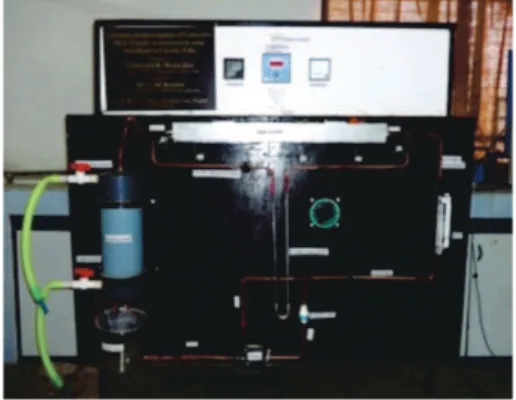Experimental investigation of convective heat transfer enhancement using alumina/water and copper oxide/water nanofluids
Texto
Imagem



Documentos relacionados
Neste trabalho, tivemos como objetivo analisar criticamen- te o processo de comunicação de risco relacionado ao desastre de Mariana com base nas informações divulgadas nos meios
Figure 10: Simulation of the effect of convective heat transfer coefficient on water loss during drying, page 161. Should
Nucleate boiling heat transfer coefficients of MEA/water and DEA/water binary mixtures have been compared with the three different states of correlation suggested by Stephan
Experimental and simulation results showed that the thermal performance of nanofluids is higher than that of the base fluid and the heat transfer enhancement increases with
Based on the experimental study, this paper presents the effect of mass flow rate of water, and its inlet temperature for various inclination angles of heat@pipes on heat
The higher the concentration of the HPECO-M in water below CMC, the higher its equilibrium concentration at the water- hexadecane interface and the lower the
It means that the existence of tooth with higher R/W and higher volume fraction of the solid nanoparticle in 16,000 Reynolds number in this research increases the PEC of tooth
1) Generate Cold and Hot Utilities Simultaneously using Heat pump. 2) Use of Heat Pump as Air conditioner, Water heater and Water Cooler. 3) To calculate the COP of Heat Pump